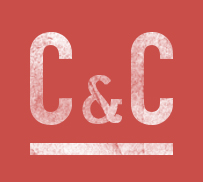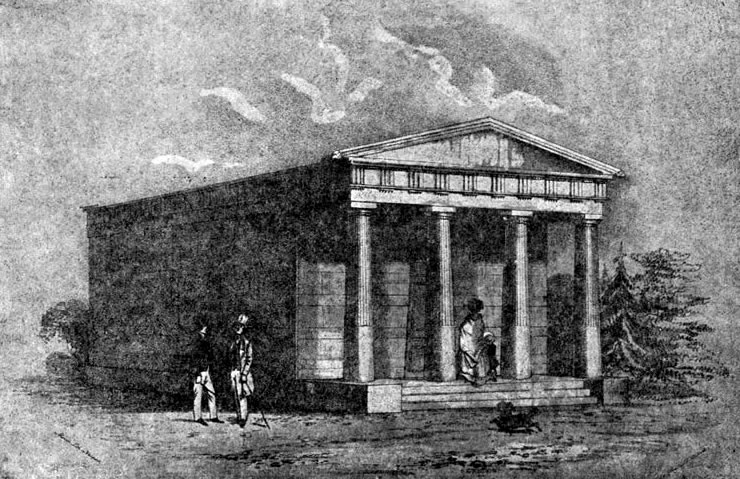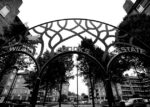Description
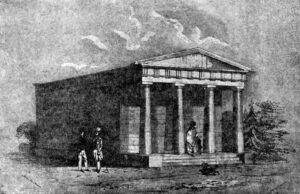
Meet the founders of the Museum of the Caerleon Antiquarian Association (now the National Roman Legion Museum and the Monmouthshire Antiquarian Association respectively). The Museum opened in 1850 to house the Roman inscriptions and artefacts which labourers and farmers kept finding locally. Caerleon is the site of the Roman Isca Augusta, the base of the Second Augustan Legion. Encouraged by the society’s founder, John Edward Lee (a landed proprietor), middle-class antiquarians including the vicar, John Jones, received and sometimes grabbed Roman artefacts from the workers who dug their ditches and broke the stones for their roads. The famous Caerleon ‘labyrinth mosaic’ was discovered by grave-diggers at the parish church of St. Cadoc. An archaeological enthusiast named Elizabeth Pritchard leapt into a builder’s trench to rescue shards of Samian pottery, and waded into the river Usk to retrieve a glass cremation urn which she had seen a local woman throw into the river because it held human ashes. Many of the finds came from the grounds of Castle Villa, the residence of John Jenkins, manager and co-owner of the tin works in Ponthir.
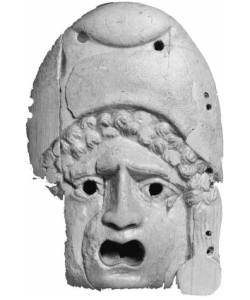
A beautiful ivory tragic mask was found by a man digging a drain in Jenkins’ garden. (For more about the ivory mask see: PDF, p.16). Paradoxically, Caerleon had been the site of an important Chartist uprising. Jenkins had attended Chartist meetings, but he is likely to have done so not as a sympathiser but in order to ‘know his enemy.’
